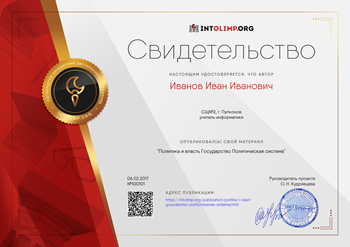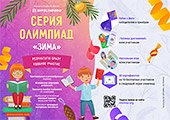Teaching and Learning with ICT Tools.
Information and communications technology (ICT) is an important part of most organizations these days. ICT are a diverse set of technological tools and resources used to communicate, and to create, disseminate, store, and manage information. ICT has been largely associated with computer and Internet usage. However, ICT also includes TV, radio, LCD, audio devices, etc. ICT deals with not only information but communication as well. ICT means creating information and sharing it. Computers, mobiles, Internet, radio, TV, and such devices help us do that. How does ICT relate to teaching?
These days, using information and computer technology (ICT) really motivates students. Uses of ICT in teaching and learning process involve a number of senses and thus it can be a potential tool for enhancing teaching and learning process. It has many advantages over the traditional teaching and learning approach. However, every new technology brings with positive and negative impacts and it cannot be a substitute of good teacher and it has to be properly and judiciously used by the teacher and learner to reap the benefits.
Every new technology including ICT and its use bring with it positive and negative impacts.
We want to teach: using the internet because we want change, improve, add the new dimensions to our teaching and increase the quality of activities assigned to students.
Thus far, there are the following areas of using ICT:
the use of ready-made electronic courses (e-textbook applications).
creation of teachers' own electronic resources to support teaching (tests, fragments of electronic courses, visualization tools).
Let us consider at the second-line electronic resources, as well as the services for creating them.
Tests can be:
for formative assessment (reflection in the learning process);
for monitoring;
online;
offline (for use without a network connection).
The most popular services for creating tests.
I. Hot Potatoes!
A foreign project. The program is installed on the computer. The teacher works with the constructor, the student passes the test using the generated web page, i.e. you need a browser.
Advantages of the program:
for offline events;
free;
simple program;
many forms of test tasks;
Disadvantages of the program: need to combine test.
II. Kahoot!
A service for conducting online testing. It has a "cartoon" design – all options have their own color. This is an interesting for younger students, but it will not be interesting for high school students.
Advantages of the program:
online testing;
simple;
BYOD (Bring Your Own Device) - you can use smartphones, tablets and display on the screen;
formative assessment;
there is a free rate.
Disadvantages of the program:
Russian language is not available;
few forms (in the free plan);
focus on the younger age.
III. LearningApps!
This service is designed to create interactive teaching aids in various subjects. The service is based on working with templates (blanks) and supports several languages.
Advantages of the program:
testing (gamification);
games;
tools;
Russian interface;
free.
Disadvantages of the program: a "cartoon" design.
IV. H5P
It is a web service for distance learning, which it is possible to create a variety of interactive tasks. The developed tasks can be directly included in the training content, as well as changed or created new ones online. There is a database of examples and a clear database of instructions.
The H5P service allows you to quickly add dynamic exercises, games, time feeds, and other interesting features to your course. It is focused on the organization of interactive interaction between the teacher and students.
It is especially effective when using the technology of mixed and
distance learning.
Advantages of the program:
a huge number of tools;
a lot of settings;
integration with Moodle;
gamification;
free.
Disadvantages of the program:
many settings;
English interface.
V. Visualization (Infographics)
Infographics are images that convey meaning, data, and information using graphics, not text. You need to remove all the text and leave only the icons and numbers. If everything is clear without text, then this is an infographic. If not, just an illustration. The problem is that there is a lot of conceptual knowledge in education (the knowledge of "what"), which is difficult to visualize.
Analogs: coding of information, visual diagrams, diagrams, memos.
For what?
training of digital communication skills;
critical analysis of information content;
data visualization;
visual thinking.
Visual thinking (cognitive visualization) is a special form of human activity, the content of which is the operation and manipulation of visual images, and the result is the generation of new, often abstract images that carry a semantic load and make the meaning visible.
In future studies more focus should be given on management strategies and policies to address the barriers faced by teachers in using ICT tools in teaching and learning. If the barriers faced by teachers can be overcome, it is a step forward to enhance our students’ learning outcome.Further, ICTs are increasing at a very high speed, so the teachers after getting trained and after knowing the significance of ICT can incorporate new methodology in the teaching style instead of going to the traditional method.







